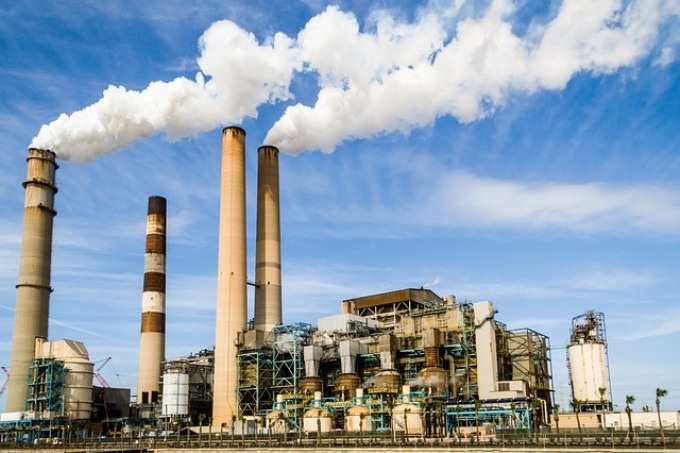Dec 20 2018
Researchers from the University of Waterloo have produced a powder with the potential to capture carbon dioxide (CO2) from power plants and factories.
 (Image credit: University of Waterloo)
(Image credit: University of Waterloo)
The novel carbon powder, produced in the lab of Zhongwei Chen, a chemical engineering professor at Waterloo, using an innovative process could filter and eliminate CO2 from emissions at facilities powered by fossil fuels prior to being released into the atmosphere with double the efficiency of traditional materials.
This will be more and more important in the future. We have to find ways to deal with all the CO2 produced by burning fossil fuels.
Zhongwei Chen, Chemical Engineering Professor, University of Waterloo.
The new process, in which the concentration and size of pores are manipulated, could also be employed to create optimized carbon powders for applications such as water filtration and energy storage—another important area of research in Chen’s lab.
When CO2 molecules come into contact with the carbon surface, they adhere to it, which is a process called adsorption. As the carbon is an abundant, environment-friendly, and economical material, it is excellent in capturing CO2, a greenhouse gas that is the major contributor to global warming.
The scientists, who partnered with colleagues at various universities in China, worked to enhance the adsorption performance by manipulating the concentration and size of pores in carbon materials.
The method developed by the scientists involves using salt and heat for extracting black carbon powder from plant matter. Carbon spheres of which the powder is formed have a lot of pores, and the diameter of the vast majority of them are below one-millionth of 1 m.
“The porosity of this material is extremely high,” stated Chen, who holds a Tier 1 Canada Research Chair in advanced materials for clean energy. “And because of their size, these pores can capture CO2 very efficiently. The performance is almost doubled.”
As soon as the carbon powder is saturated with carbon dioxide at large point sources like fossil fuel power plants, it would be transported to storage sites and buried in underground geological formations to avoid the release of CO2 into the atmosphere.
A paper on the CO2 capture study, titled “In-situ ion-activated carbon nanospheres with tunable ultramicroporosity for superior CO2 capture,” appears in the journal Carbon.